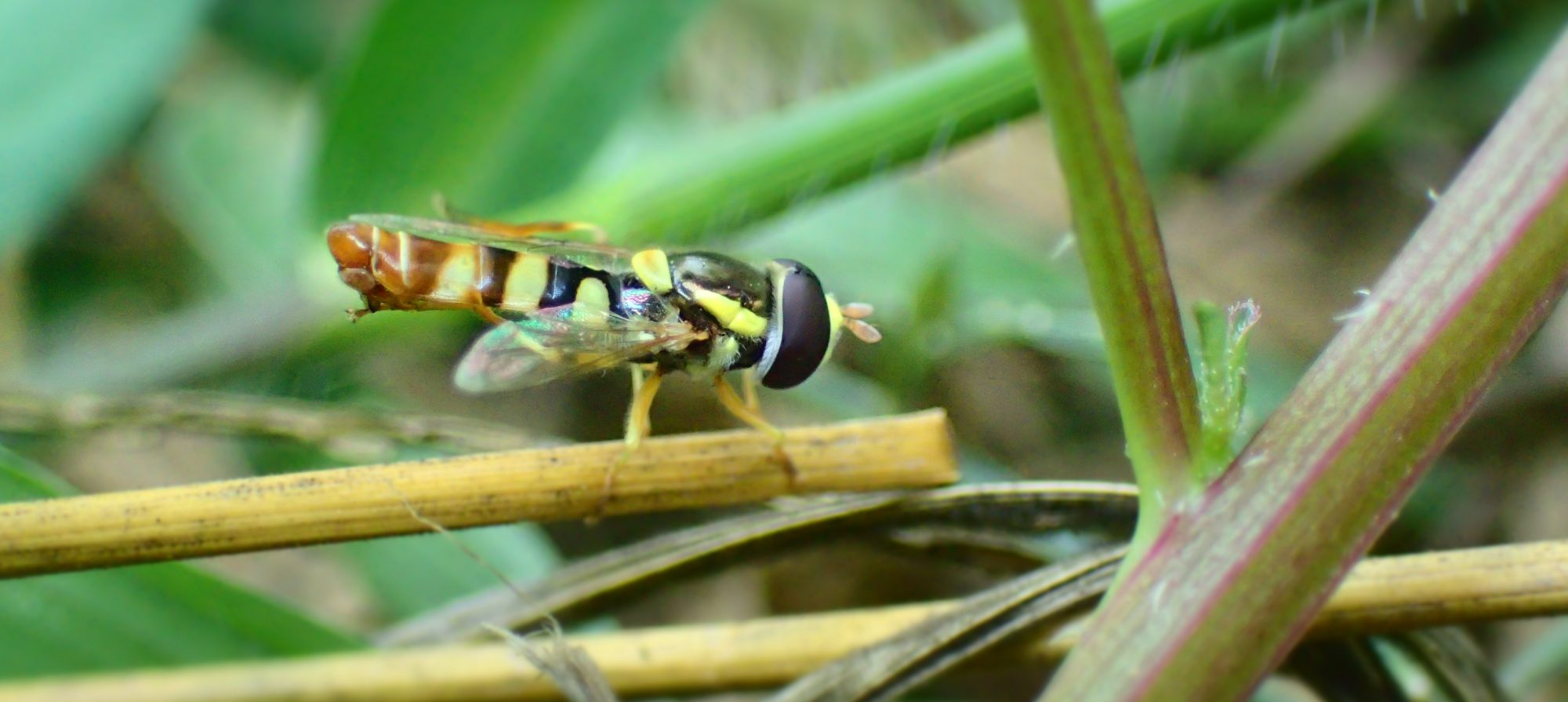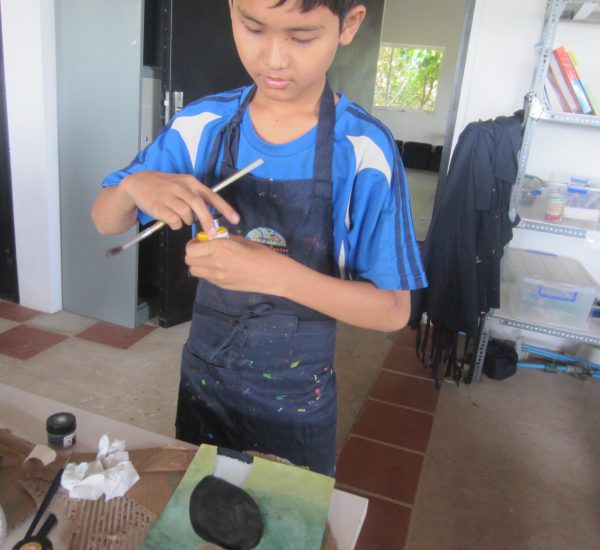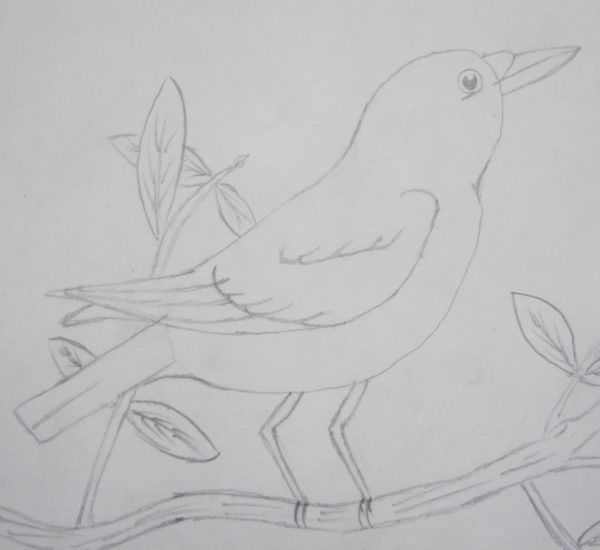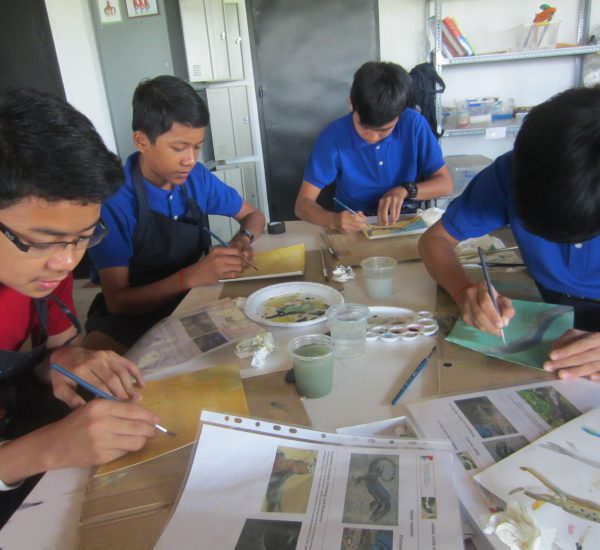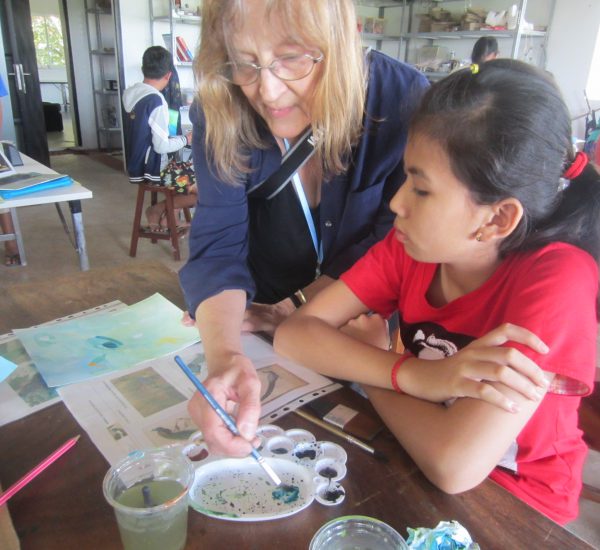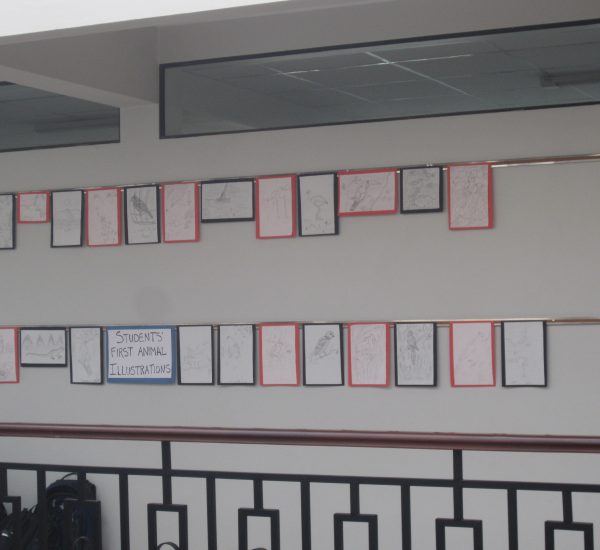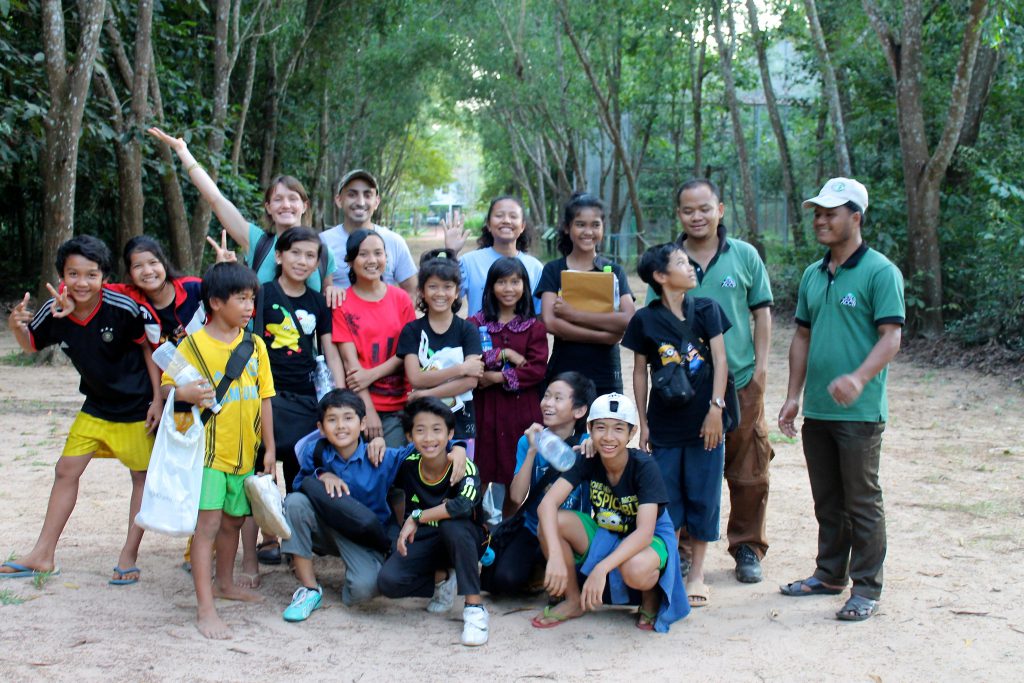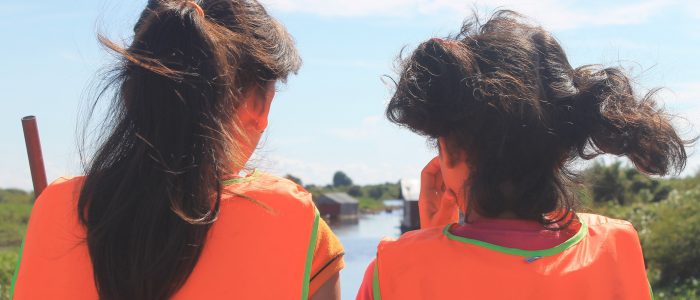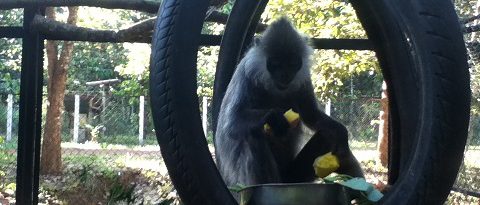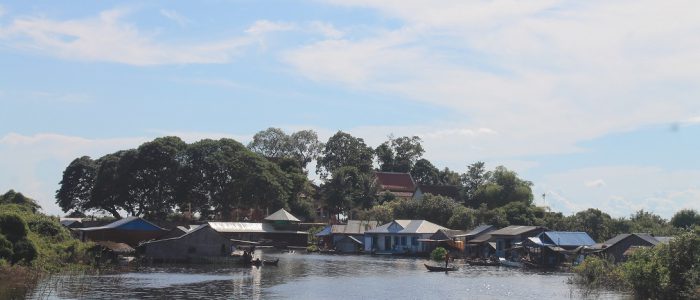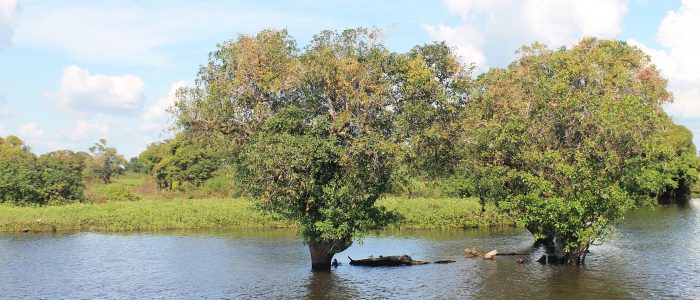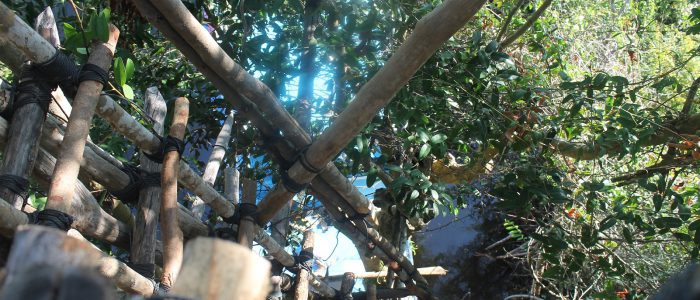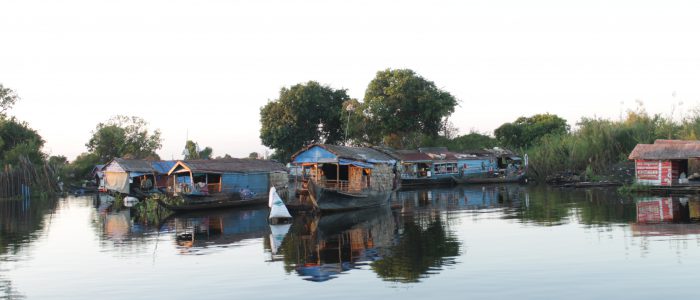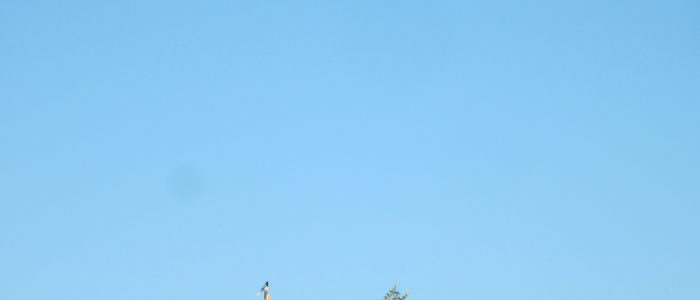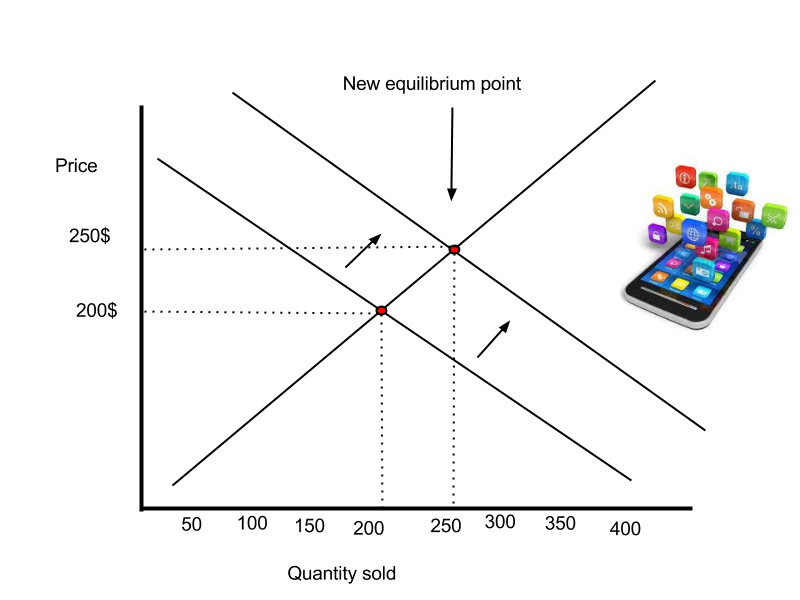The change That I am thinking of changing Cambodia are brig back of Khmer culture, reduce rubbish throw on the ground, technology, education in Cambodia, tourism, economic and violent. The solution that I am thinking of is give more education to Cambodian, so they about the effect of the trash and violent, that they would understand that it is not good to that thing. I want to introduce technology to the Cambodian so it can make their job easier for example introduce them the technology to grow rice so they can make more yield and help economic in their family. I want to change economic in Cambodia by clean the country up make a better service for tourist, so when tourist come a lot. it help them make money. Some of the solution that I am thinking of I have share it to my friend and my sister. For the rubbish problem I try to promote it by telling them the affection of it but it not the change by going on trip sharation at Liger. The actual this year in Liger that I and Agriculture group is sharing the knowledge that we the about the new way to grow rice.
Animal Guide Description
Our exploration named Cambodia Animal Guide our goal is to make a guide book about the reptile, amphibian, mammal, fish, bird, and ecosystem our partner id Art In A Box organization.Our exploration focuses mainly on research about animals and ecosystem in Cambodia and put into a note by using many different websites into our own word. When our exploration ended we still haven’t published our book so we continued to work in literacy time. After everyone almost finishes their research we have an art teacher came from New York name Val she works for Art In A Box to teach us how to paint animal using watercolor. Our group has a lot of animals so we ask another student to help us paint. Val had taught us how to draw bird and mammal using shape and taught us some cool technique.
Art pictures
Trip to ACCB
To learn more about animal we also went on some trip to learn about animal with the expert. One of our trip was going to ACCB (Angkor Center Conservation of Biodiversity.)
At ACCB we learned about primate, and we learned that ACCB rescue animals then they train the animal to be wild next they put them back in the wild.
These is an example what I learned at ACCB.
I learned that primate are divided into two groups
Haplorhini | Strepsirhini
monkeys | lemurs
apes | lorises
tarsiers | galagos
To start my research about clouded leopard first I use the website from a document that we share that have a lot of good website to research about animals. After I knew the scientific word for the clouded leopard Neofelis nebulosa I started to find my own website to use. For every single website that I used I wrote it in the source document and also took note so later if I need more information I can go back and look at it.
Resource document
Source document for my clouded leopard
Note document
Comment to fix
I also include the map to make it clear.
Before publishing the book we had been working a lot on characters count, because we realize that we don’t have enough space in our book to put all those information that we want to give to the audience. Our strategy was to change the wording for example, instead of saying “Sarus crane is the tallest flying bird in the world.” we say “Sarus crane is the tallest bird on earth.”After a lot of hard work on the Animal Guide book, our team eventually publish
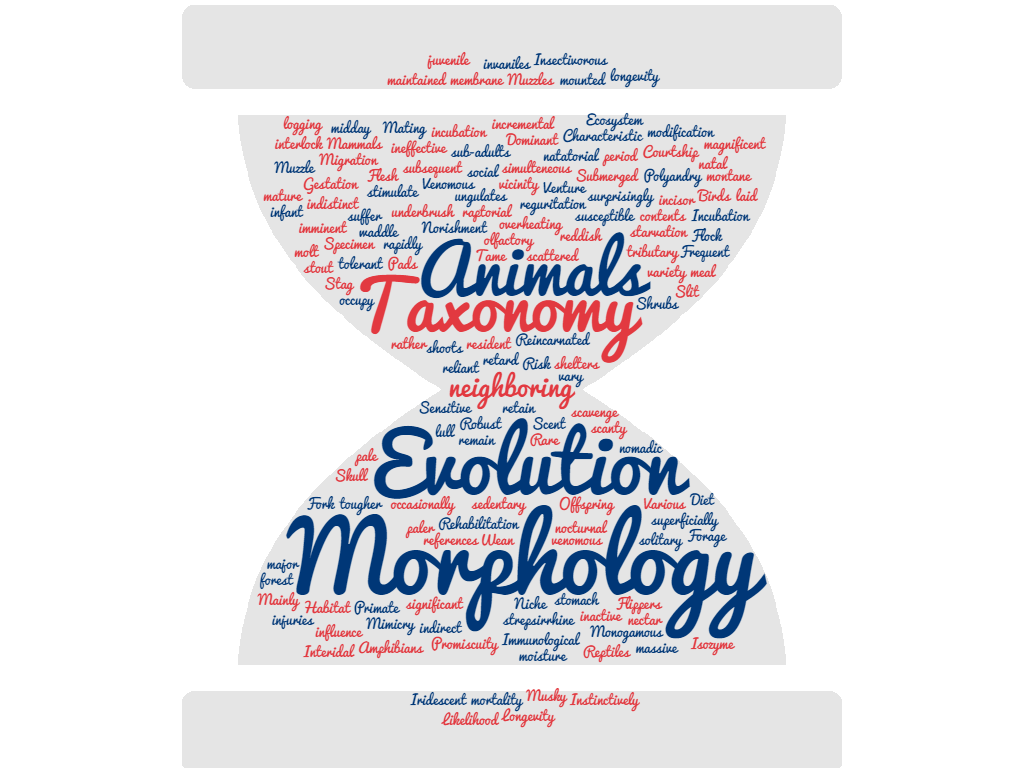 After a lot of hard work on the Animal Guidebook, our team eventually publish the book. Overall the time we’ve been researching we had learned a lot of new things and new vocabularies.
After a lot of hard work on the Animal Guidebook, our team eventually publish the book. Overall the time we’ve been researching we had learned a lot of new things and new vocabularies.
.
Economy
The new smartphone sell for fair price, with free apps. It will shift the demand for the new smartphone. The shifter is taste and preference because they can get the apps for free. As the demand increases there is a new equilibrium point. The new equilibrium point shows the increase in price and quantity as demand stay the same.
I made this project at the end of class.
Biology
Name of course: Biology
Learning Facilitator: Jojo
Number of students: 10
Advanced Enrichment Date: Session 1: Aug. 11- Oct 17
Biology is a class that studies about life and organisms. In this class we learned part of Ecology, how are biotic and abiotic factors interconnected, and some parts of Botany, how plants do the photosynthesis. We also studied about cells that are connected to elements and organelles. Every student researched about their own organelles. After researching, we explained to our classmates about the organelles and then we did some experiments with the microscope. By using the microscope to experiment we saw some parts of the cells. We all understood a lot about the cells and we were ready to start a new project. Then we started a project about the cells. We had two groups of students and five students in each group. One of the groups worked on the Animal Cells project and the other worked on the Plant Cells project. The two projects took a long time to finish because they were difficult projects and we had to paint on the big papers and use Scratch with Makey Makey. However these projects were already finished and all of the students felt so proud of themselves and it was a good time for them to collaborate as a team.
Zoology
Name of Course: Zoology B
Learning Facilitator: Jojo
Number of Students: 8
Days we Meet: Thursday-Friday
Advanced Enrichment Dates: March 30 – June 12
Course Description: In the Zoology class, we studied about animals. We learned about what animals are made out of but it’s not really about physical. We also studied about cells which are all the organisms made out of. The other things that we studied were classification and types of animals (are they vertebrates or invertebrates). We used microscopes to see the cells. Sometimes in the Zoology class, some students found the fungi (mushroom) or the endoskeleton. Then we all had a look under the microscope. While we were studying about the Animal Kingdom, we used some real things like the Sand Dollars and Coral Reef to make us understand more. We used Youtube to see the videos about the things that we didn’t know. Studying Zoology must have some difficult words that we don’t know because we all are studying English and also the words in Zoology are mostly scientific words so it is hard for us. All students enjoy in Zoology because we all like learning about animals and they all are very interesting, especially Echinoderms and Cnidaria.
Algebra
Name of Course: Algebra A
Learning Facilitator: Jeff Boucher
Number of Students: 14
Dates: August 12 – January 16
Days we Meet: Monday – Tuesday
Course Description: In our Advanced Enrichment we learned about Math. This Advanced Enrichment lasted really long and the students had a really hard time working on that. We learned the hard math by learning it step by step. There are many clever students in this class and all of them are very patient. Every day in our class the math got harder and harder but we got smarter as the time kept going. Sometimes we realized that the math that we had learned could be used in real life. The important things that we learned for the whole year were negative numbers, the Greatest Common Factors, linear equations, y=mx+b form or Slope-interception, parabolas, Quadratic formula/equation, etc. All of these math sections were very hard. It is something that people will think that it is hard because they did not try yet and for those people who try they will think it is easy. But for us here we do not think it was hard or easy we were just trying our best.
